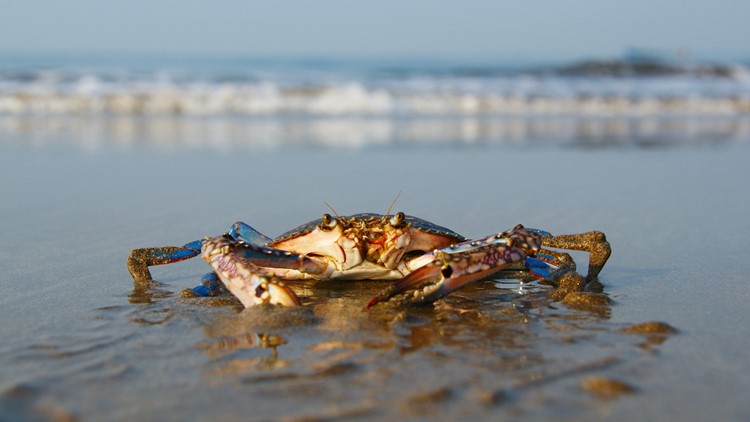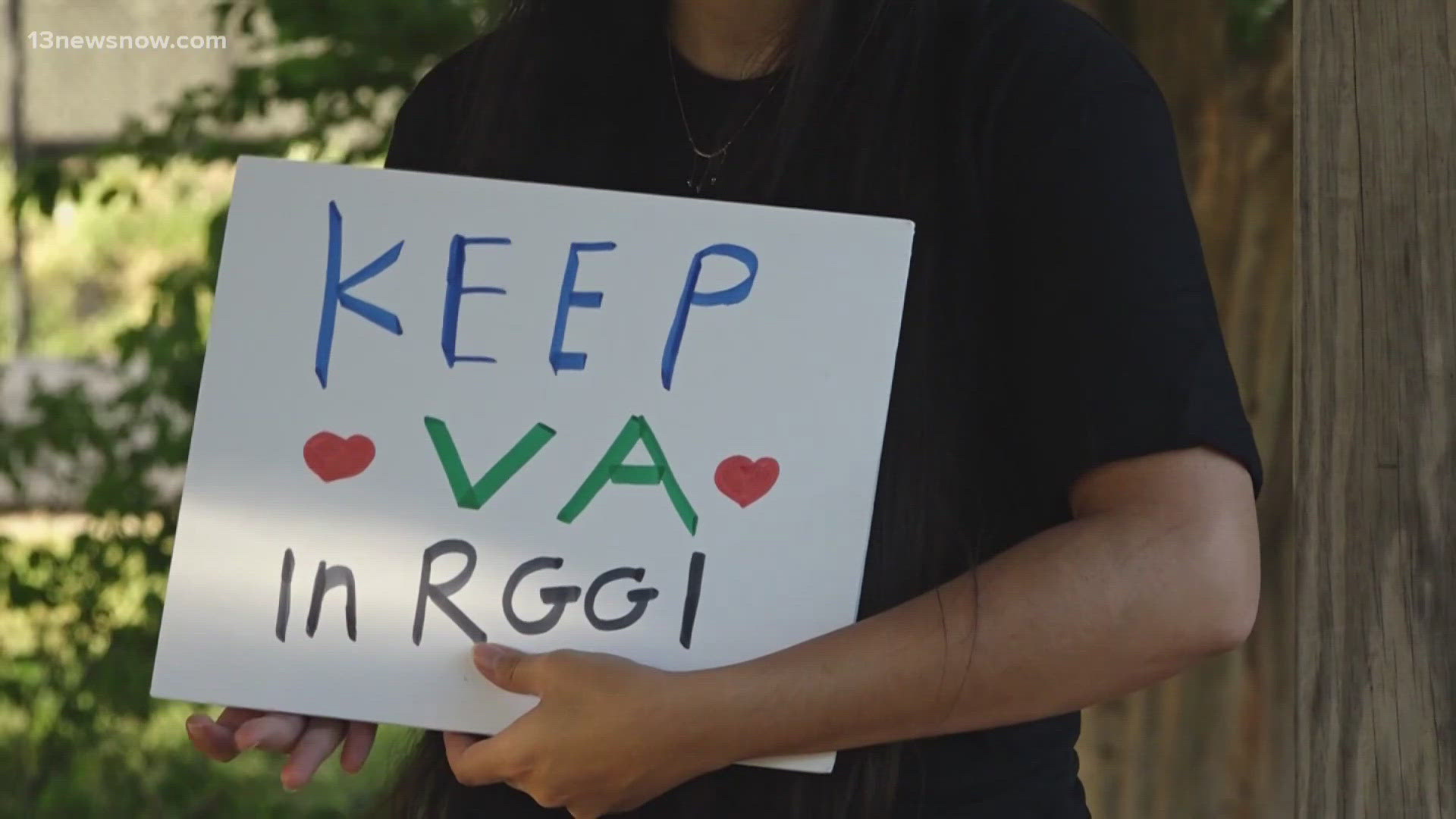VIRGINIA BEACH, Va. — The 2024 Blue Crab Winter Dredge Survey assessing the Chesapeake Bay has been released, and it's drawing some mixed reactions.
While noting improvements from the 33-year low, the Chesapeake Bay Foundation (CBF) said it still had concerns for the future of the crab population.
The survey estimated 317 million blue crabs in the bay in 2024 — a drop of 6 million compared to 2023's survey.
Similarly, the adult female crab population declined from 152 million in 2023 to 133 million in 2024.
"This figure falls far below the target of 215 million adult female crabs needed for a healthy population and sustainable harvest in the Chesapeake Bay," according to a release from CBF.
The Virginia Marine Resources Commission (VMRC), however, notes that the population has once again surpassed average levels. The commission credits management change and the absence of overfishing for stabilizing those levels.
“One of the most influential management measures that has contributed to the long-term success in blue crab fisheries management has been the license-specific bushel limits implemented by Virginia in 2013. This provides Virginia the flexibility to reduce regulatory burdens that would economically benefit the industry while maintaining the long-term conservation goals of the joint Chesapeake Bay jurisdictions,” said Commissioner of the VMRC Jamie Green.
Similarly, the male crab population has dwindled from 55 million in 2023 to 46 million.
Although still below average, the survey found there has been a slight increase in the number of juvenile crabs in the bay.
“While juvenile population estimates can vary greatly from year to year, it is encouraging to see a slight increase in this segment of the population. However, given the population estimates from this year’s survey, there remains a significant need to continue to protect adult females and critical nursery habitats, like underwater grasses, in order help ensure better numbers in the future," said Chris Moore, the Virginia executive director of the CBF.
Both CBF and VMRC are pushing for more work to be done to ensure harvest levels stay stable.
“Given the lackluster results of this year’s survey, states should proceed with caution when considering regulatory changes for the upcoming seasons and avoid changes that would increase harvest," said Moore.
Further, Virginia, Maryland and the National Oceanic and Atmospheric Administration (NOAA) Chesapeake Bay Office is launching a comprehensive stock assessment over the next few years. Habitat availability, water temperature and salinity, and predator abundance will all be reviewed.
Every year, between December and May, the Virginia Institute of Marine Science and the Maryland Department of Natural Resources conducts the winter dredge survey which covers more than 1,500 locations. It dates back to 1990.



